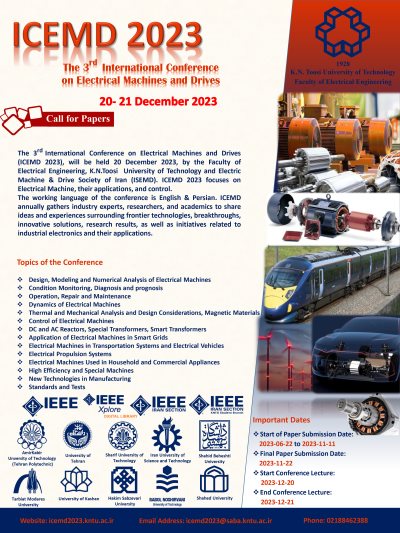0% Complete
نویسندگان :
کلمات کلیدی :
چکیده :
لیست مقالات بایگانی شده
Saba Abhari - Mostafa Abedi - Javad Hasanpour Sangelaji
Reza Ghorbanalizade - Ramin Alipour-Sarabi - Seyyed Ali Mirabbasi
Hamid Ebrahimi - Hossein Torkaman - Alireza Sohrabzadeh - Alireza Jaferian-Fini - Hamid Javadi
Mohammad Reza Sarshar - Jamshid Kavianpour - Mohammad Amin Jalali Kondelaji - Mojtaba Mirsalim - Amir Khorsandi
Mostafa Fatahi taba - Mojtaba Mirsalim
Farshad KIANI - Hamed Tahanian
Masoud Shahparasti - Mojtaba Dehghani - Mohsen NIkfar
Mohammad Reza Eesazadeh - Zahra Nasiri Gheidari
بهرام نوری - منصور اوجاقی
Mohammad-Ali Mahmoudpour - Ali Harooni - Mojdeh Hossein Nejadi - Aghil Ghaheri - Ebrahim Afjei


